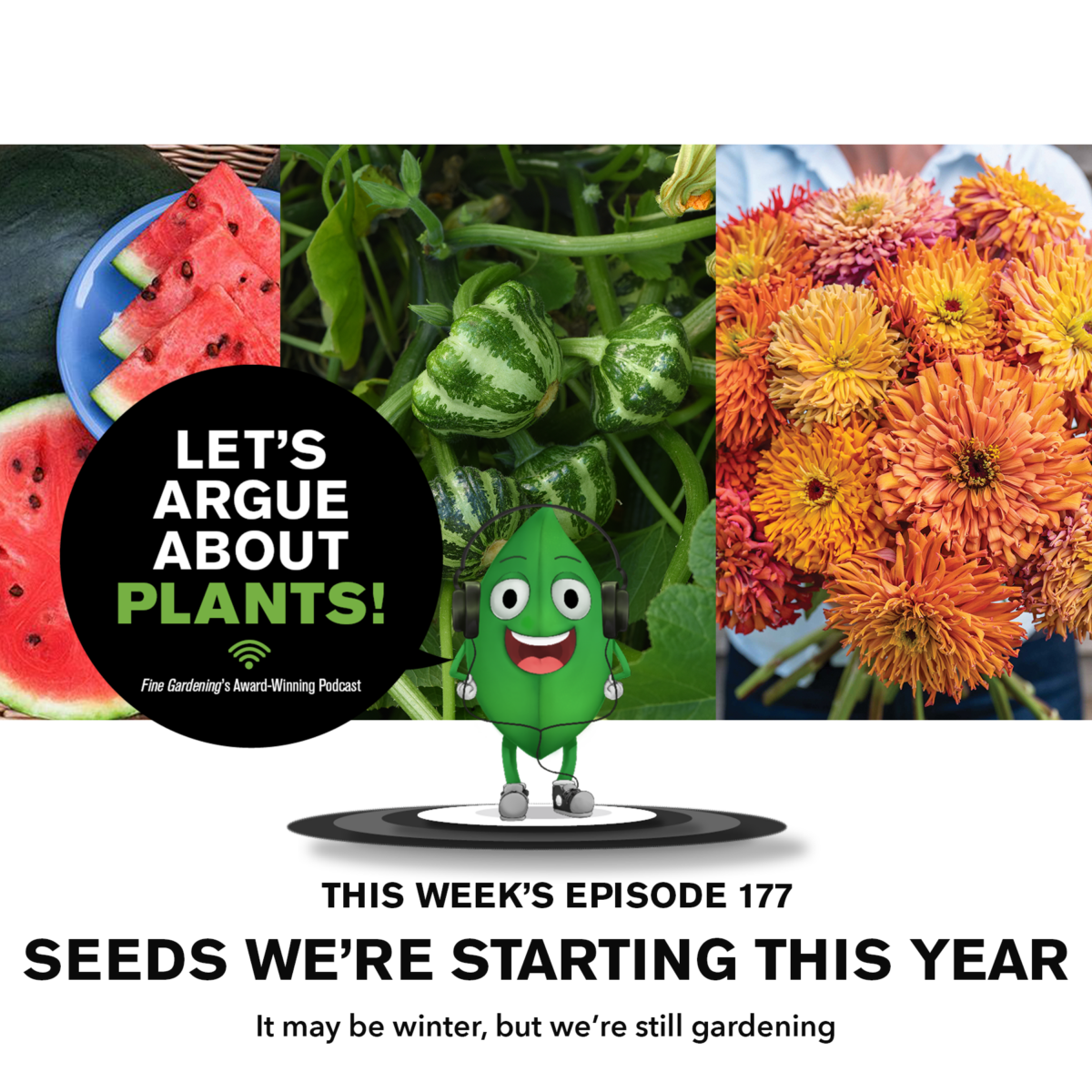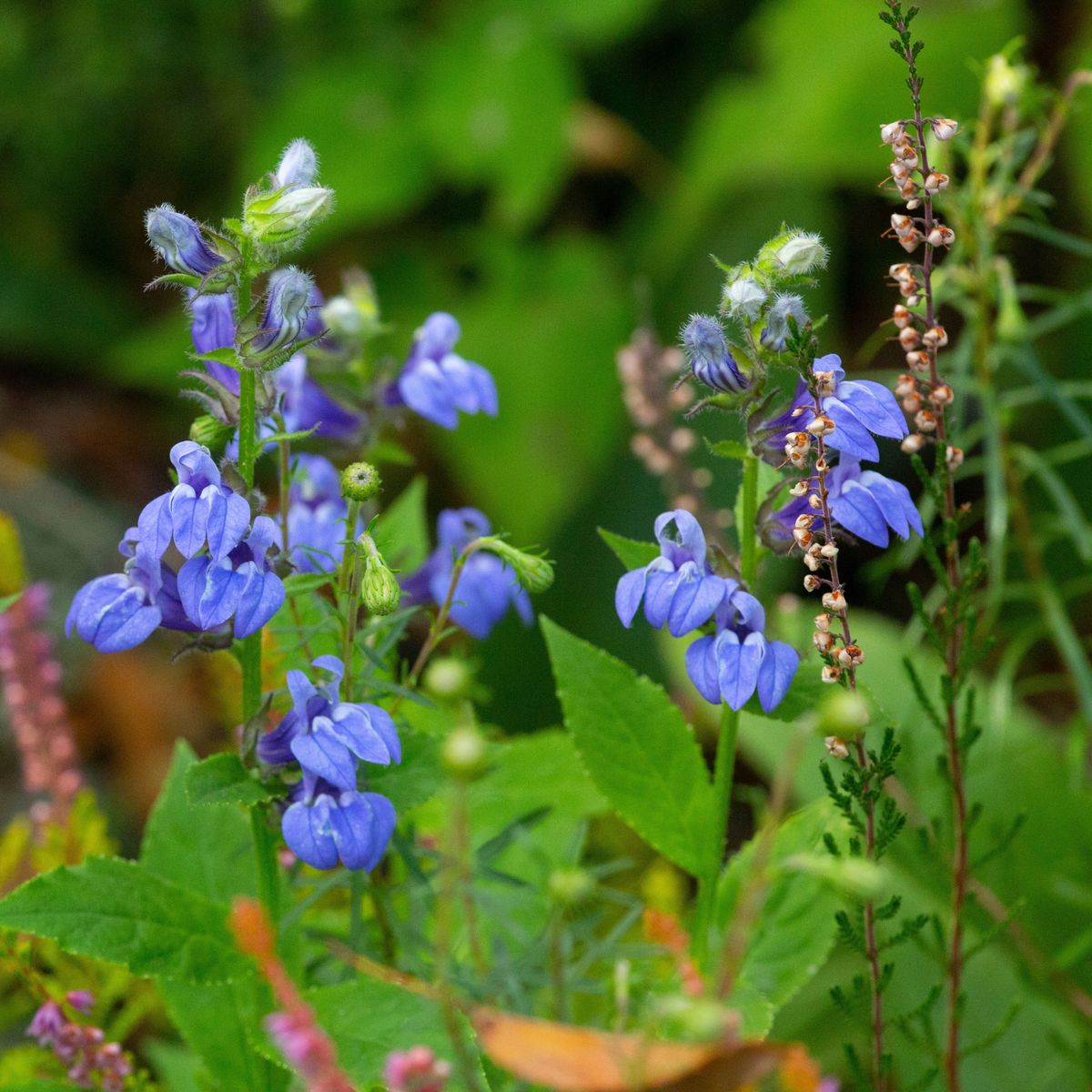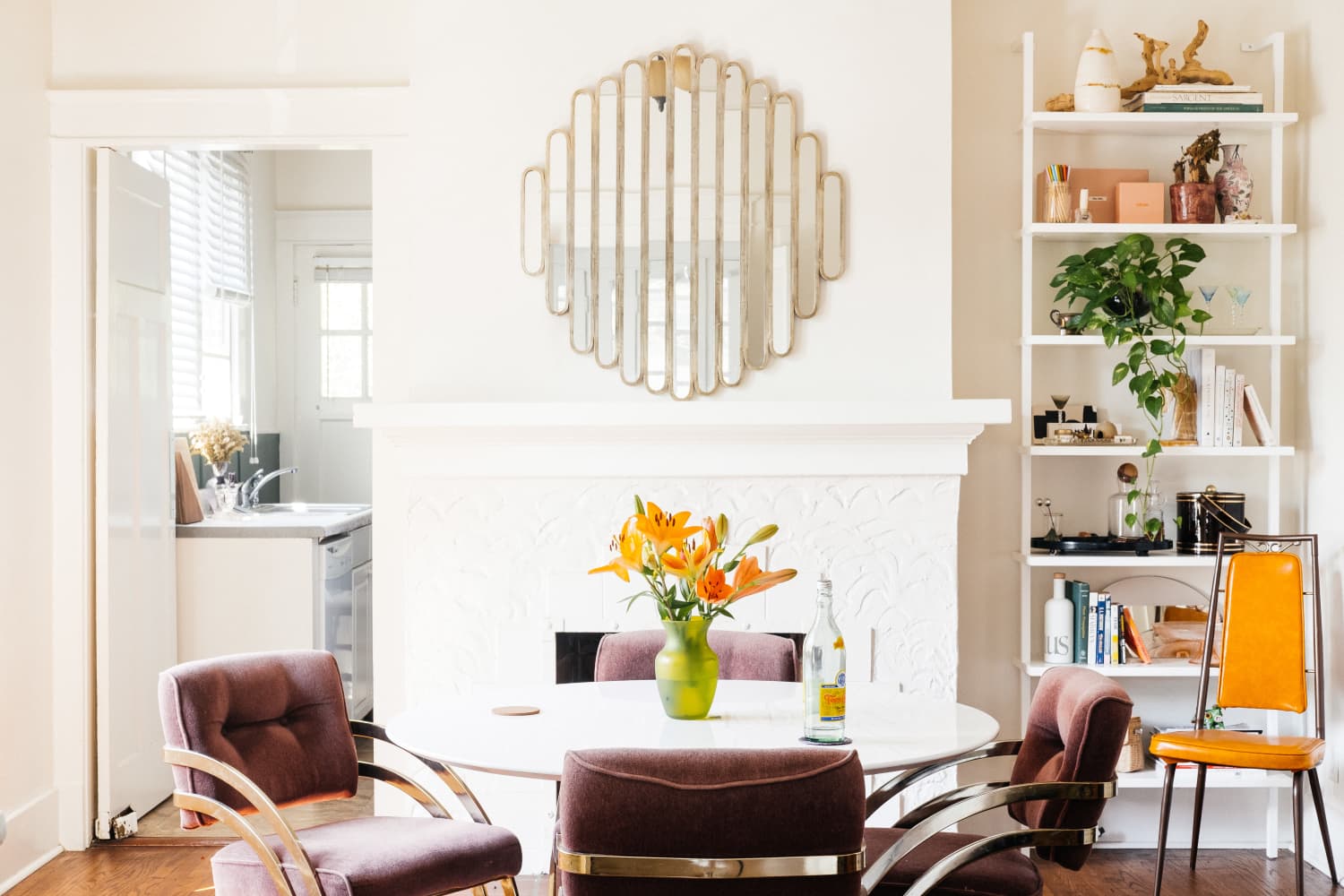Modern daylilies come in myriad colors, bloom styles, and growth habits.
Their heights and spreads range from 1′ to 6′ feet, and color shades vary from almost white to almost black.
Daylilies can help you create a carefree perennial garden that welcomes all manner of companion plants.
First, establish a base garden consisting of various pest and disease-resistant daylilies.
Then rotate a wide variety of companion plants around them from one year to the next.
What Is Companion Planting?
The purpose of companion planting is to provide balance to your garden.
Good companion plants have needs and attributes that offset one another.
For example, it’s a good idea to pair plants that tend to attract pests with those that tend to repel them.
Or pair plants that need a great deal of nitrogen with nitrogen fixers, such as legumes.
It’s also wise to pair finicky plants with hardy crowd-pleasers.
That’s why rhododendrons and daylilies make a good pairing.
How Do You Choose Companion Plants For Daylilies?
Because daylilies’ bloom times are varied and lengthy, they can pair up with a wide variety of plants.
Even though daylilies can do pretty well in light shade, they will naturally do best with more sun.
So you would not want to plant them alongside something tall and dense that would block the sun.
For this reason, daylilies do not make a good understory plant for trees.
Not only do they need more sun than trees will allow, but tree roots also interfere with daylily root systems.
When looking for daylily companion plants, match them with other plants that do well in light shade to full sun.
Also look for plants that like slightly acidic, loamy, well-draining soil.
Lots Of Plants Do Well Alongside Daylilies
Luckily, many pretty annual and perennial plants thrive under the same conditions as daylilies.
With careful planning, you can make a beautiful combination garden that provides a constant parade of new and exciting blooms from early spring to late autumn.
Examples include:
- Black-Eyed Susan
- Baby’s Breath
- Shasta Daisy
- Perovskia
- Bergamot
- Echinacea
- Coreopsis
- Buddleia
- Lavender
- Achillea
- Yarrow
- Salvia
- Phlox
These blooming perennial plants are all easy to care for and attract a wealth of hummingbirds, butterflies, and other pollinators to your garden.
Mix And Match Interesting Grasses And Foliage
Non-blooming plants also offer plenty of possibilities as companion plants for daylilies.
Ornamental grasses are very easy-care.
With many choices in size, spread, and leaf patterning, you can create a gorgeous garden filled with visual interest using grasses and daylilies.
Good choices in ornamental grasses include:
- Mexican Feather Grass
- Northern Sea Oats
- Little Bluestem
- Big Bluestem
- Pennisetum
- Switchgrass
Foliage plants are another excellent option when choosing companion plants for daylilies.
Among the prettiest perennial foliage choices are:
- Silver Mound Artemisia
- Perovskia Russian Sage
- Heuchera
- Sedum
- Hosta
Daylily And Rhododendron Make Great Partners!
It’s easy to see that daylilies make excellent companion plants for many different sorts of popular garden plants.
One unusual pairing is daylily and rhododendron.
This companionship works because daylily foliage provides fullness and richness while rhododendrons bloom.
After the rhododendron flowers are gone, daylilies put on a spectacular show of blossoms.
While rhododendrons tend to be a bit picky and delicate, daylilies can thrive in a wide variety of circumstances and climates.
Daylilies fill in the blanks in areas of the yard where rhododendrons won’t grow, and they take up the slack if your rhododendrons are being fussy.
It’s fun to grow daylilies because they are so hardy and forgiving.
They mature quickly and bloom enthusiastically year after year.
If you have your heart set on cultivating a fussy plant, such as rhododendron, you can surround it with daylilies to keep your garden full and satisfying as you wait for your prima donna to perform.












